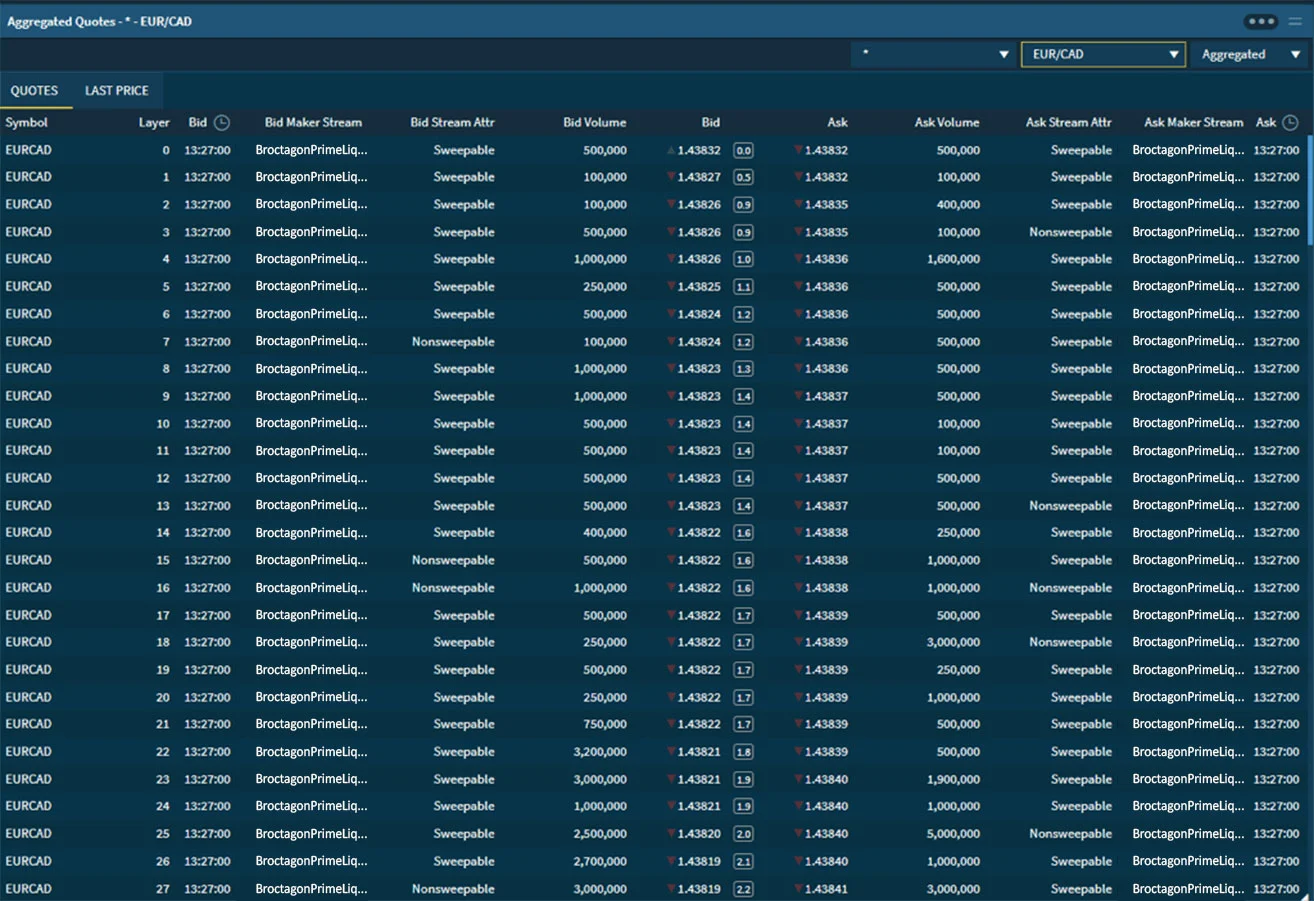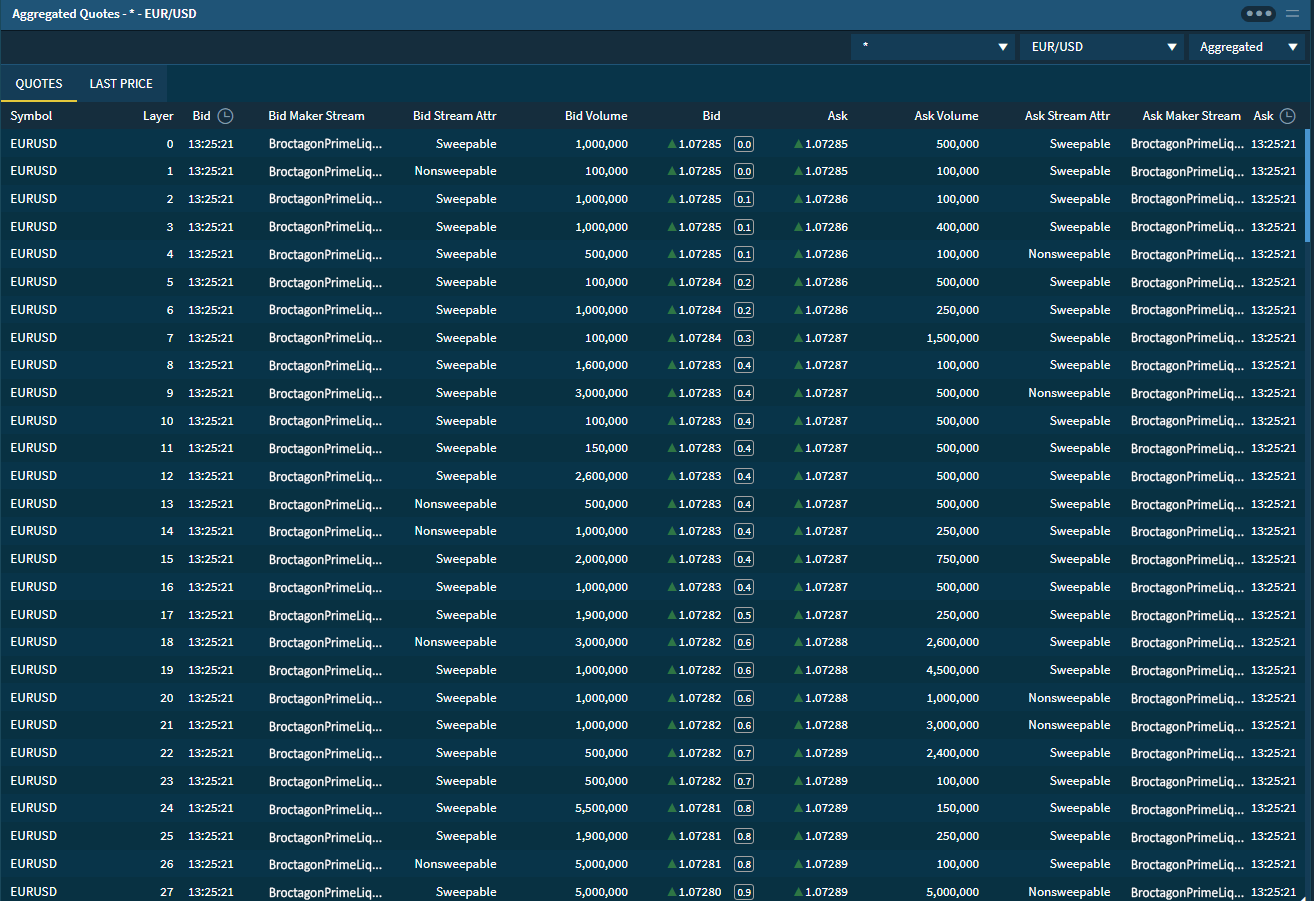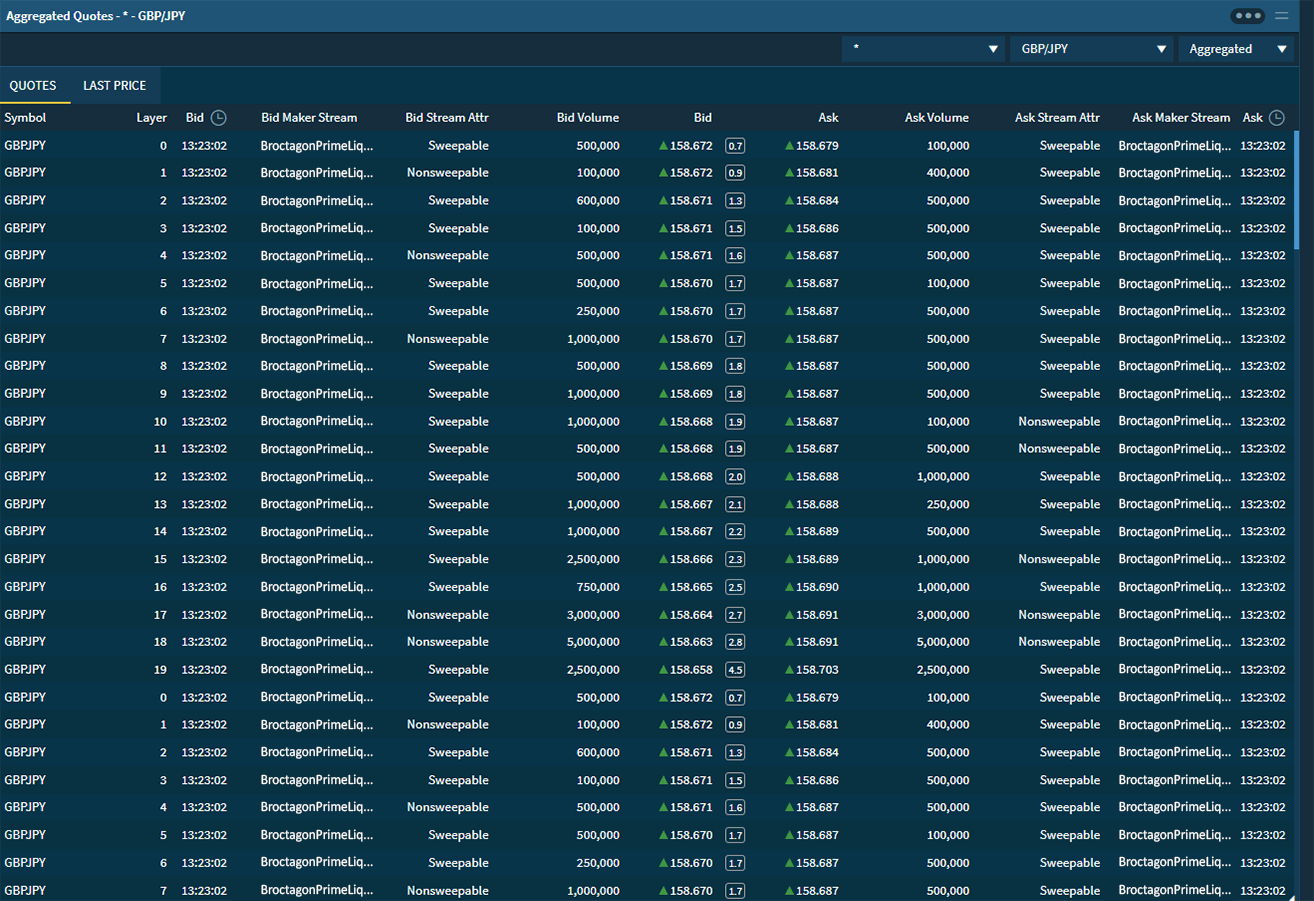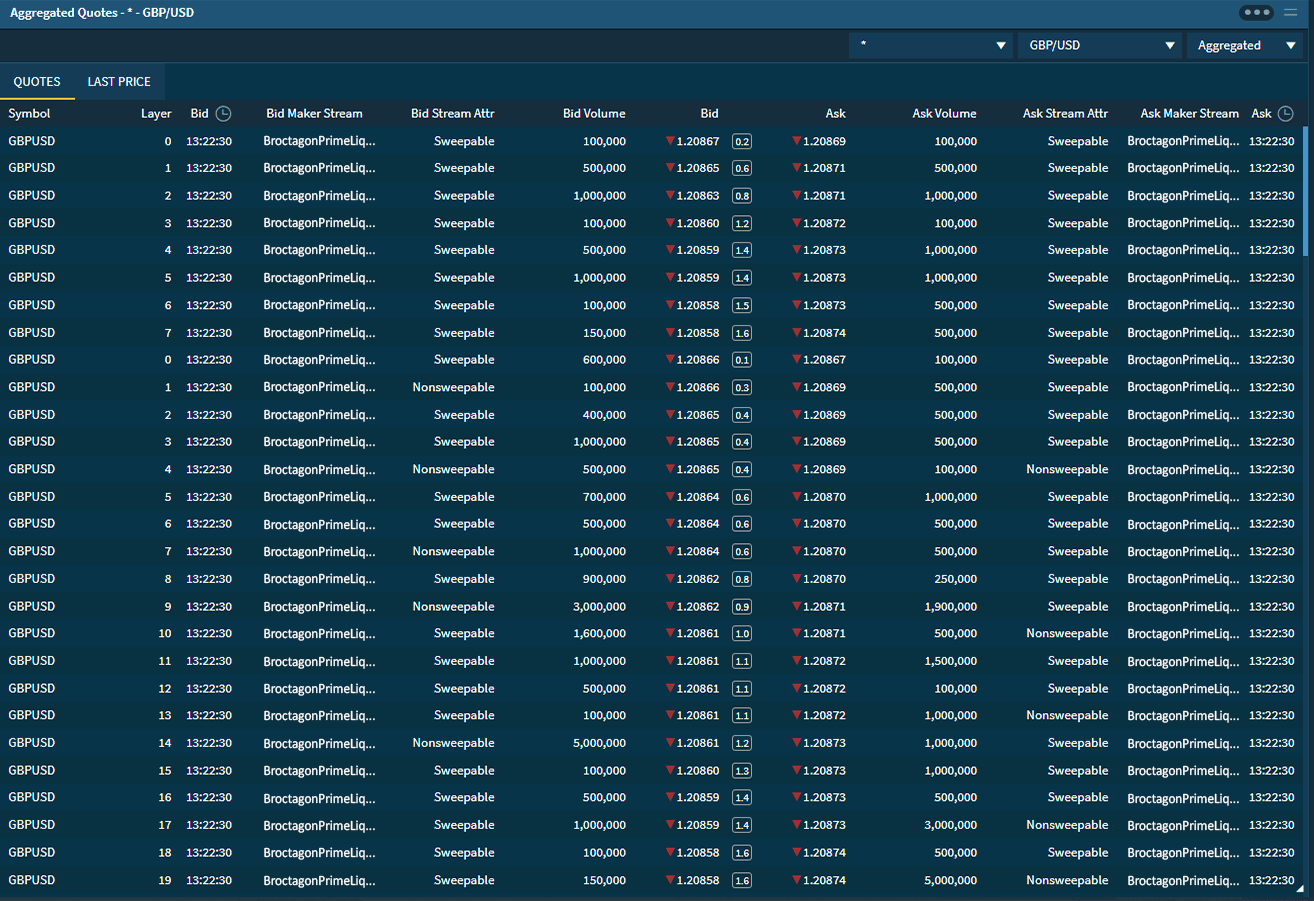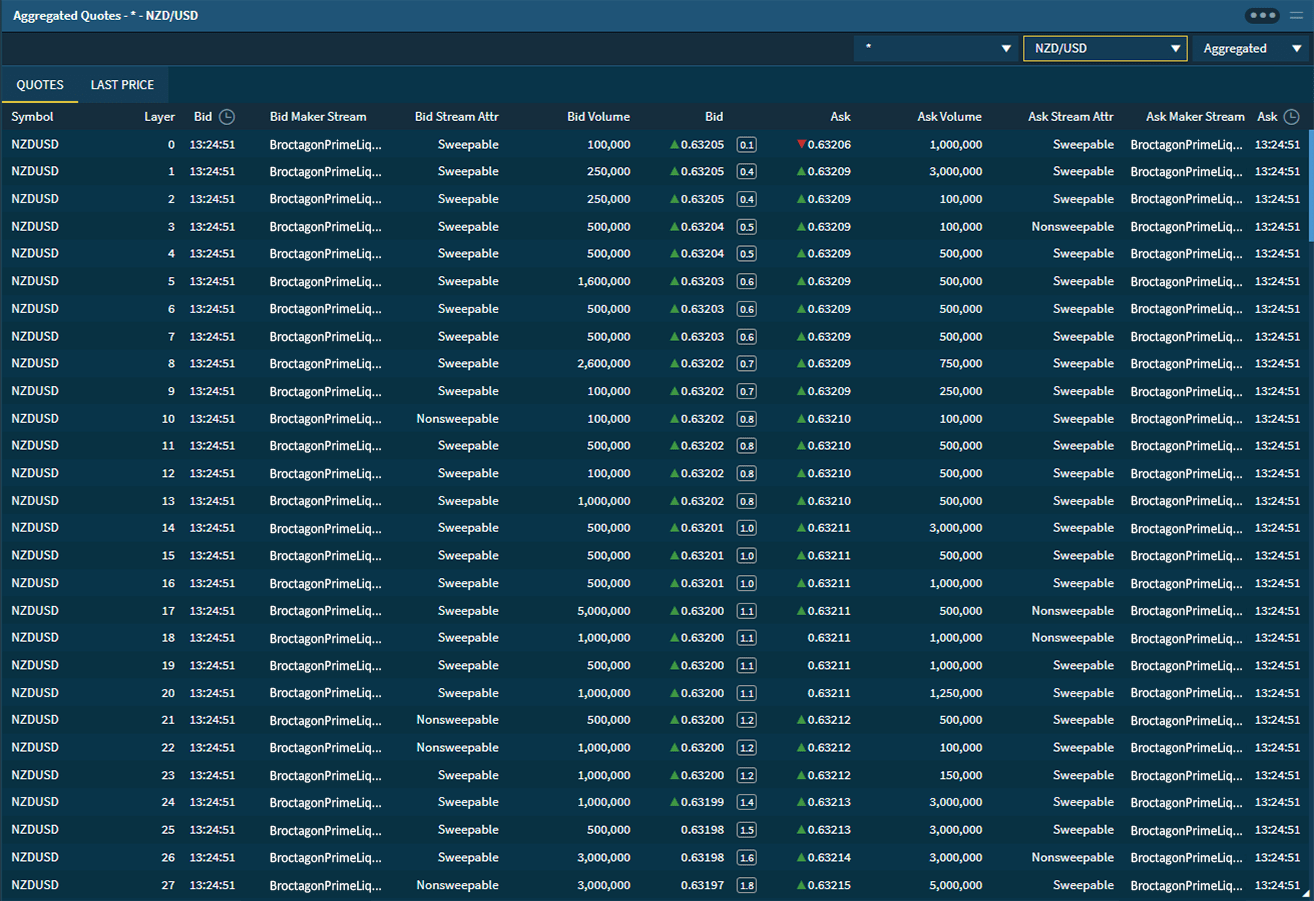Responsible Leverage: CFD Trading and the Current State of Regulations
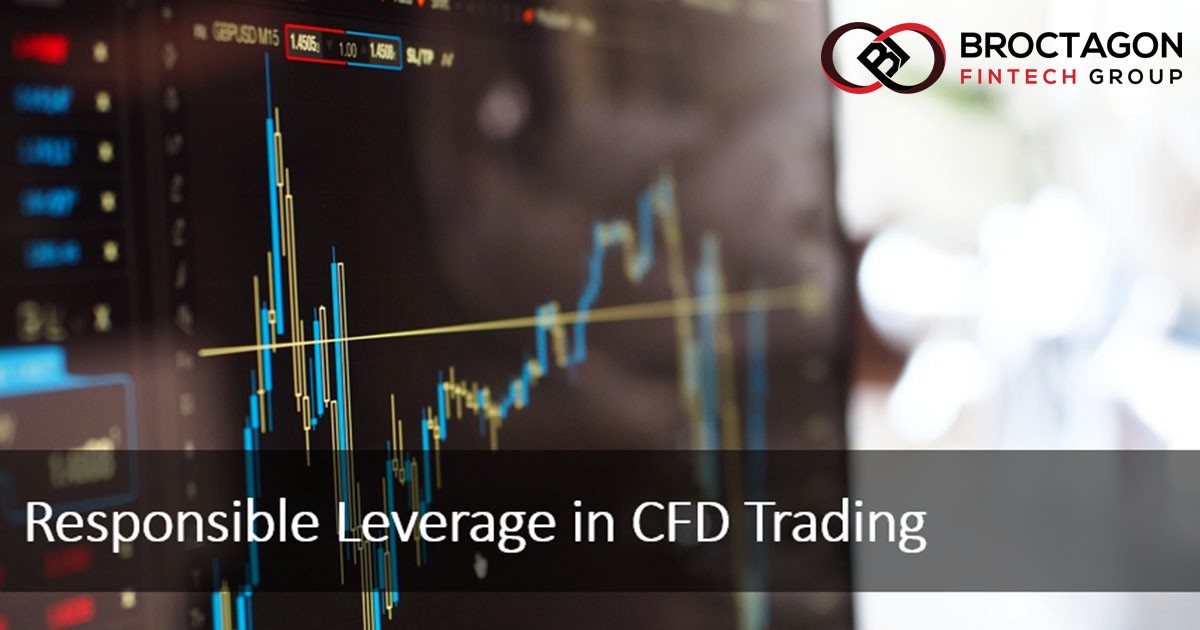
[vc_row][vc_column][vc_column_text]
Historically, professional traders are subject to ever-shifting regulatory climates, especially traders with a preference towards leveraged products. It has always been a battle of two sides: brokers vs regulators, where the brokers are looking to offer products that their traders want the most, and regulators are looking to protect the said traders from risks.
One of the most popular trading products globally is the Contract-for-Difference.
[/vc_column_text][/vc_column][/vc_row][vc_row][vc_column][vc_custom_heading text=”What is a Contract-for-Difference?” font_container=”tag:h3|text_align:left” use_theme_fonts=”yes”][vc_single_image image=”2397″ img_size=”full” alignment=”center”][vc_column_text]The red line represents the community’s interest in CFD trading, while the blue line represents their interest in cryptocurrency trading. Source: Google Trends
Contract-For-Difference (CFD) is increasingly becoming one of the most popular forms of derivative trading. The instrument allows traders to speculate on the rise and fall of prices of an underlying asset such as stocks or commodities.
More recently, the cryptocurrency community in particular has shown much interest in derivative trading:
“The crypto trading industry doesn’t have much experience [in] margin trading, but it’s something that traders demand.”
CFD trading does not involve the actual buying or selling of the underlying asset. Instead, it is a tool to speculate on the future price of the asset and generate profits from the price movement.
This has especially generated interest in the cryptocurrency trading community for the simple fact that it allows traders to mitigate unnecessary risks that result from private/public key mismanagement.
[/vc_column_text][/vc_column][/vc_row][vc_row][vc_column][vc_single_image image=”2398″ img_size=”full” add_caption=”yes” alignment=”center”][/vc_column][/vc_row][vc_row][vc_column][vc_custom_heading text=”Why Trade CFDs?” font_container=”tag:h3|text_align:left” use_theme_fonts=”yes”][vc_column_text]CFDs offer tremendous advantages to all types of traders and that has contributed to its growing popularity in the financial world. Some of the advantages include:
Leverage — Leverage allows traders to work their initial capital to the fullest, by allowing them to trade with a fraction of the trade’s full value. Traders have to only place an initial deposit (a fraction of the full value) which is referred to as margin. The margin amount depends on the size of the position and the underlying asset being traded.
Ability to Short-Sell — CFD trading is one of the few avenues for traders to generate profits in a falling market. If the trader can make an accurate prediction regarding the direction of price movement, they can profit in a rising as well as a falling market. The flexibility makes CFDs an attractive proposition for traders.
Hedging — Hedging is one of the key mantras for financial success. CFDs allow traders to hedge their physical portfolios. For instance, traders who have an existing stock portfolio with a broker can open a short position using CFDs if they believe that the stock market is in a downturn. If they are correct, they can earn a profit and offset the loss in their physical portfolio. Even if the prediction is inaccurate, traders can close the CFD position and offset the losses against future gains.[/vc_column_text][/vc_column][/vc_row][vc_row][vc_column][vc_single_image image=”2399″ img_size=”full” add_caption=”yes” alignment=”center” css=”.vc_custom_1560769798627{margin-bottom: 20px !important;}”][vc_column_text]Some other benefits of CFD trading are the ability to access a wide variety of markets, low costs, liquidity and tax efficiency.
[/vc_column_text][/vc_column][/vc_row][vc_row][vc_column][vc_custom_heading text=”What are the Inherent Risks with CFDs?” font_container=”tag:h3|text_align:left” use_theme_fonts=”yes”][vc_column_text]
Just like any advanced trading instrument, traders have to be careful with some of the inherent risks associated with CFD trading:
[/vc_column_text][vc_column_text]
Overtrading
CFD trading, with its low-cost structure and low initial capital investment, makes it very easy for traders to get into the overtrading trap. This essentially means that they expose a major share of their portfolio to the market, more than their capital can cover for in the eventuality of a loss. Traders can lose a significant share of their capital if their positions turn out to be wrong.[/vc_column_text][vc_column_text]
Overnight Financing
Overnight financing refers to the swap interest rates that kick in daily for each trading day that traders maintain their open positions. If the open positions are held for a long time, these costs can eat up a significant share of profits or contribute to the losses. Simply put, CFDs are best thought of as a short-term instrument with some exceptions.[/vc_column_text][vc_column_text]
Lack of Ownership
As we mentioned earlier, CFD trading does not give traders ownership of the underlying asset. With CFD, there is no intrinsic value to the instrument itself. While this can be handy purely from a trading standpoint, it makes sense to hold on to an asset to beef up portfolios in the long term so as to not incur swap interest rates.
For instance, traders who would have held Bitcoin in the depths of the 2018 bear market, would have generated good returns from the recent recovery in the cryptocurrency market that would otherwise have been reduced from overnight financing fees associated with CFDs.[/vc_column_text][/vc_column][/vc_row][vc_row][vc_column][vc_single_image image=”2400″ img_size=”full” add_caption=”yes” alignment=”center”][vc_column_text]Some other benefits of CFD trading are the ability to access a wide variety of markets, low costs, liquidity and tax efficiency.
[/vc_column_text][/vc_column][/vc_row][vc_row][vc_column][vc_custom_heading text=”What Do Regulators Have to Say?” font_container=”tag:h3|text_align:left” use_theme_fonts=”yes”][vc_column_text]
Due to the inherent risks with CFDs and leveraged trading in general, regulations are constantly evolving. Traders and brokers need to keep a tab on regulations to ensure that they are not caught on the wrong foot. Let’s look at some of the approaches taken by regulators across the globe:
[/vc_column_text][vc_single_image image=”2506″ img_size=”full” alignment=”center”][vc_column_text]The Financial Conduct Authority (FCA) is the regulator of UK’s financial markets and financial service firms. Its strategic objective is to ensure that regulations protect both consumers and the markets, along with boosting competition in the country.The FCA took a hardline stance on the CFD industry initially by placing temporary restrictions. However, it has now placed caps on leverage available for CFD trading. The maximum leverage available on all financial products will be between 30:1 and 2:1, depending on the asset class.[/vc_column_text][vc_single_image image=”2507″ img_size=”full” add_caption=”yes” alignment=”center”][vc_column_text]
CFD traders were expecting new rules in April 2019, but the FCA has delayed the publishing of the new rules. As things stand, the current rules are temporary and renewed every three months.
[/vc_column_text][/vc_column][/vc_row][vc_row][vc_column][vc_single_image image=”2514″ img_size=”full” add_caption=”yes” alignment=”center”][vc_custom_heading text=”ESMA” font_container=”tag:h3|text_align:left” use_theme_fonts=”yes”][vc_column_text]
The European Securities and Markets Authority (ESMA) is the financial regulatory agency for the European Union (EU). It works closely with regulators who are members of the European System of Financial Supervision and other key financial authorities.
ESMA had announced new measures last year which introduced a slew of changes such as leverage limits on new positions, introduction of maintenance margin, negative balance protection and standardised warning statements, among other requirements.
[/vc_column_text][vc_column_text]
30:1 for major currency pairs;
20:1 for non-major currency pairs, gold and major indices;
10:1 for commodities other than gold and non-major equity indices;
5:1 for individual equities and other reference values;
2:1 for cryptocurrencies.
[/vc_column_text][vc_column_text]
These restrictions were recently renewed, and are set to remain in place until August 1, 2019.
It is worth noting the approach taken by the Cyprus Securities and Exchange Commission (CySEC). In contrast to ESMA, CySEC has proposed a risk-based approach to leverage. Clients with different experience levels will be tiered into different segments and be able to use different leverage. This will be based on the level of knowledge and risk appetite of investors.
[/vc_column_text][vc_single_image image=”2517″ img_size=”full” add_caption=”yes” alignment=”center”][vc_column_text]
In addition, retail clients in the upper tier of the market will also get slightly higher leverage limits.
[/vc_column_text][/vc_column][/vc_row][vc_row][vc_column][vc_single_image image=”2519″ img_size=”full” alignment=”center”][vc_custom_heading text=”ASIC” font_container=”tag:h1|text_align:left” use_theme_fonts=”yes”][vc_column_text]
The Australian Securities and Investments Commission (ASIC) is Australia’s premier financial regulator. It facilitates and improves the performance of the financial system, promotes participation by investors and enforces laws, among other priorities.
Analysts believe that ASIC may follow the path of FCA and ESMA, following their concerns over illegal leveraged forex trading provided by overseas brokers.
Until now, the regulatory landscape in the region has been more open towards such instruments. The region’s reputation as a safe haven for brokers looking to offer regulated margin trading has also opened the doors for illegal and/or opaque broking practices. For instance, some OTC derivative issuersare soliciting clients outside the country to open accounts with them to avoid overseas intervention measures and offer higher leverage to them.
These concerns have placed ASIC in a position of power with regards to how they wish to promote responsible leveraged trading. The Australian government recently passed the Treasury Laws Amendment Bill 2019 which allows ASIC to place responsible leverage limits on products issued to retail investors, just like ESMA.
[/vc_column_text][vc_single_image image=”2521″ img_size=”full” add_caption=”yes” alignment=”center”][vc_column_text]
Recently, ASIC sent out a reminder to financial firms about changes to CFD and margin FX and OTC derivative transaction reporting. The changes involve an excluded derivative determination, requiring these transactions to be reported to derivative trade repositories using a ‘life cycle’ method, rather than an end-of-day ‘snapshot’ method.
[/vc_column_text][vc_column_text]
It is also likely that Australia may introduce stronger measures to protect traders and investors soon.
[/vc_column_text][/vc_column][/vc_row][vc_row][vc_column][vc_custom_heading text=”The Principles of Responsible Leverage” font_container=”tag:h1|text_align:left” use_theme_fonts=”yes”][vc_column_text]
The current state of regulations surrounding CFD trading are born out of concerns regarding irresponsible use of leveraged trading, which create great risks for retail traders.
It is prudent, in these times, to maintain best practices around leveraged trading. Responsible leverage has been a hot topic of discussion over the years, which can be aggregated to the following core principles:
[/vc_column_text][vc_column_text]
Over-Education
Businesses need to ensure that traders fully understand the risks involved and are educated on not only what margin trading entails, but how best to go about it in a responsible manner.
This should be treated as a constant process which includes re-education throughout their trading journey as they grow from beginners to professionals.
Brokers need to disclose all capital risks involved to the traders at the outset.
[/vc_column_text][vc_column_text]
Place Trader’s Interests First
Brokers need to ensure that they service clients with utmost integrity, even if it means starting conservative with regards to cashflow allowed for leveraging.
Not all traders can stomach full leverage capacity even if it falls within regulatory limits, and it is the broker’s responsibility to ensure this. The client should be able to handle turbulent times with the least financial and emotional stress.
Brokers need to be conservative on their projections and ensure that they offer enough diversification to clients.
[/vc_column_text][vc_column_text]
Exceed Regulatory Requirements
Building upon the previous point of only offering full leverage capacity to traders who are educated and capable of handling the risks, brokers also have a responsibility to establish their own professional standards of education and leverage-compatibility.
Brokers need to ensure that they not only comply, but exceed regulatory requirements of their respective jurisdictions.
[/vc_column_text][vc_single_image image=”2522″ img_size=”full” alignment=”center”][/vc_column][/vc_row][vc_row][vc_column][vc_custom_heading text=”How Should Brokers Adapt?” font_container=”tag:h1|text_align:left” use_theme_fonts=”yes”][vc_column_text]
The changing regulatory landscape of retail broking will likely result in a consolidating effect across the industry.
The new regulations is likely to result in lesser clients and consequently lower volume of trades and revenues. Analysts also foresee more brokers moving from a market maker model towards a Straight-Through-Processing model in order to tide through these new regulations comfortably.
[/vc_column_text][vc_column_text]
What is Straight-Through-Processing (STP)?
Unlike market makers, STP Brokers do not have a dealing desk and pass on the client orders straight to their liquidity providers. These could be banks, hedge funds or even other brokers which are effectively counterparties to the trade. STP brokers only make money through small commissions or by marking up the spreads.
While market makers make a profit even if the client loses money, STP brokers get the same amount regardless of a profit or loss. In certain cases, STP brokers they can make more money when the client makes a profit by charging a higher fee. This ensures that there is no conflict of interest. Other advantages with STP include faster processing of orders, best spreads and no requotes.
Due to the profit model of STP brokers which are based off commissions on trading volume rather than the losses of their clients, the industry will also likely see a shift towards increased diversification of product offerings and trading tools in order to ensure the continued profitability and longevity of retail traders.
[/vc_column_text][vc_single_image image=”2523″ img_size=”full”][/vc_column][/vc_row][vc_row][vc_column][vc_custom_heading text=”Conclusion” font_container=”tag:h1|text_align:left” use_theme_fonts=”yes”][vc_column_text]
The various regulatory approaches are an in-principle stamp of approval for the CFD space, albeit coming with certain restrictions.
While poor conduct by some market participants and the risks to retail investors have forced regulators to take a cautious approach, I do believe there will be more regulatory easing in the space in the long run with responsible leverage practices.
[/vc_column_text][/vc_column][/vc_row]
About Broctagon Fintech Group
Broctagon Fintech Group is a leading multi-asset liquidity and FX technology provider with over 15 years of global presence across China, Hong Kong, Malaysia, India, Thailand, and Armenia. We deliver performance-driven, bespokesolutions to more than 350 clients in over 50 countries, offering institutional-grade liquidity, brokerage and prop trading solutions.



